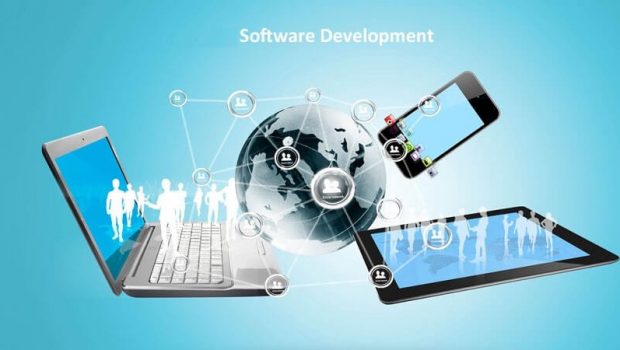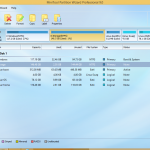Get a Great ROI When You Select the Right Software for Your Business
Software can be expensive. If you’re rolling out a new suite across your business, you want to make sure the investment is worth it, and the benefits are significant. Essentially, you want a good return on investment (ROI). ROI is the ratio between the net profit and cost of investing a resource.
A high ROI means the investment’s financial benefits compare favorably to its cost. ROI is used to evaluate the efficiency of an investment. It is also one way of relating profits to invested capital. In the case of software, you will need to identify the costs associated with the programs and then quantify the expected benefits. If the ROI is not meaningful, the software may not be right. Here’s what you need to consider.
Costs
This is the easiest part. Costs can usually be quantified upfront. You will generally need to purchase licenses to use existing software and pay a developer to create a customized solution from scratch. You also need to factor in costs for upgrades or maintenance. If you need to upgrade hardware or other infrastructure to accommodate the software, you’ll also want to factor that into your costs. Your staff may also need to be trained in the use of the software. While some software companies and developers may include training in their overall costs, many don’t.
As global IT consulting company AEB notes, putting together all the cost components can be difficult. The software providers will give you quotes but implementation costs can rise quickly. This especially occurs if the business requests changes mid-stream or something was not properly understood in the early stages.
Benefits
In some cases, you may be able to link specific increases in revenue to the software. For example, you can easily track online sales generated through a new e-commerce platform. In other instances, it may be more difficult to make a direct link, but you should still try to quantify the amount.
If the software will lead to increased efficiency and reduced costs this will also go towards your bottom line. If you are able to reduce your workforce and labor cost because some of your processes are now automated, this will also indicate a good return on investment.
Other returns may not be immediately predicted or quantified. One example of this is customer experience. Your new software may make customers and clients more likely to purchase your goods or services. They may become more loyal, make more impulse purchases or make bigger orders.
Monitoring
In order to ensure a great ROI, you need to ensure your software is consistently performing well. It makes no sense purchasing and installing expensive software and then suffering frequent downtime or crashes. This can be frustrating for both internal and external users. When problems do occur, you need to be notified of them immediately so they can be fixed quickly. This call for effective network monitoring. Fortunately, there is network monitoring software which can make this easier. Visit ipswitch.com for an example.
When you’re a significant financial outlay, you have to make sure it makes financial sense. Ensure that the software you are thinking about implementing will bring a great return on investment.















